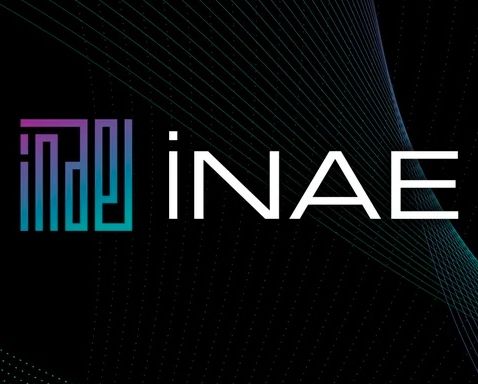iNAE, introduction to its ecosystem. Here are the goals and features of the project, and direct access to its official website.
iNAE Mainnet is a Layer 1 blockchain developed based on Tendermint-based Niktonet. This ecosystem inherits Niktonet’s strengths, such as Final Confirmation speed of less than 2 seconds, low transaction cost, and friendly development environment for Web 3.0. In addition, this project is designed to provide Niktonet’s powerful Uni Contract solution by default and also to use Smart Contract solution.
iNAE, introduction to its ecosystem:
iNAE could be referred to as application-specific blockchains. The purpose of the iNAE is to provide Web 3.0 developers with a secure and feature rich blockchain platform that could be deployed in both public and permissioned scenarios.
Here is a blockchain for building custom secure distributed applications and is composed of various modules that provide a rich set of features, such as various coin & token operations, voting and other functions.
The core of blockchain technology lies in the mainnet, which enables the implementation of DeFi services and various Web 3.0 on the blockchain network.
This mainnet technology, also called a blockchain protocol, is an independent platform that enables the establishment of various blockchain-based ecosystems, including transactions between exchanges and personal wallets.
It is a primary goal to develop the independent mainnet with competitive speed, stability, and safety.
Special feature:
iNAE offers a very different development paradigm compared to the second-generation blockchains running smart contract in virtual machines.
An application-specific blockchain is a blockchain customized to run the business logic of a single application.
The application developers have all the freedom to make the design decisions, implement algorithms and fine tune blockchain parameters for the application to run optimally.
Restraining the blockchain from installing third-party code of smart contract also provides better sovereignty, security, and performance.
Performance:
Performance of decentralized applications is unavoidably constrained by the underlying blockchain platform.
When Smart Contract runs in a single global environment their competition for CPU and memory degrades the performance of associated distributed applications to the degree of complete unusability.
For a decentralized application to reach peak performance, it needs to be built atop of dedicated application-specific blockchains. Here are some of the benefits an application specific blockchain brings in terms of performance:
- Developers of application-specific blockchains can choose to operate with novel consensus engines such as Tendermint BFT or PBFT+, that offer significant gains in throughput compared to Proof-of-Work, used by most virtual-machine blockchains today.
- An application-specific blockchain only runs a single application. Thanks to it, all available CPU power of nodes and their storage are delivered solely to the application. This is the opposite of most non-sharded virtual machine blockchains today, where smart contract is starving for computation and storage.
- Application-specific blockchain executes transactions as fast as native code running directly on the CPU. Native code runs 10 times faster than JavaScript-based virtual machines used in most VM-based blockchains.
Sovereignty:
One of the major benefits of application-specific blockchains is sovereignty. A decentralized application is an ecosystem that involves many actors: users, developers, third-party services, and more.
When developers build on virtual machine blockchain where many decentralized applications coexist, the community of the application is different from the community of the underlying blockchain.
The global community establishes the governance process which supersedes the application’s governance process. If there is a bug or if a new feature is needed, stakeholders of the application have very limited options to upgrade the code. If the community of the underlying blockchain refuses to act, nothing can happen.
Uni Contract:
Uni Contract is the blockchain subsystem that simplifies integration between the blockchain and the external world.
This project is designed to combine the computing power, flexibility and massive data availability of traditional systems and the framework of trust enforcements of blockchains.
Uni Contract creates a kind of bridge between the blockchain and the outside world. In the architecture of Uni Contract, the executor is outside of the blockchain. In a sense it can be said that it is an untrusted executor. But in fact, in the real world, we use untrusted executor a lot.
This ecosystem shifts the issue of trust to another domain.
Uni Contract provides us with the tools to track the inputs and outputs exchanged between users with a Uni Contract.
The data that the blockchain receives for a Uni Contract is stored forever. The result calculated by the Uni Contract is also stored forever. The user can always match the input and output of a Uni Contract.
This allows for traceability of computation results. Immutable input and output data allows detection, if necessary, a forgery, a fake, or some incomprehensible computations. With the entire array of inputs and outputs in the blockchain, if necessary, a third party can verify the results.
If you’re interested, you’re invited to find out more on the project’s website.
